Next-gen AI solutions herald new era of poultry farm management
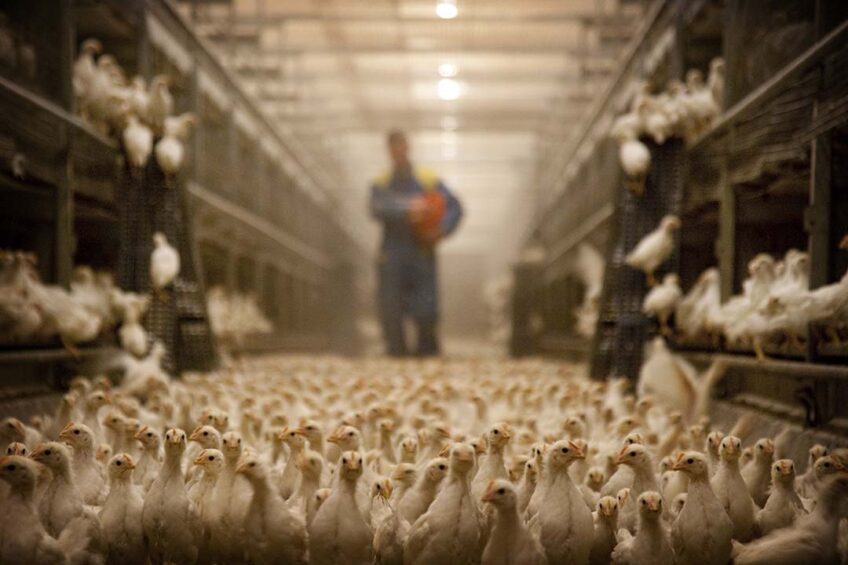
Artificial intelligence (AI) has been around for years, but it was only in 2023 when it went mainstream. Analysts believe the future of the poultry industry will be empowered by these technologies, as they can dramatically change how a farm is managed.
The year 2023 will go down in history as the year artificial intelligence became mainstream. After ChatGPT launched in November 2022, it became one of the fastest-growing apps ever, gaining 100 million users monthly. AI quickly became the hottest topic in virtually all areas, and poultry farming was no exception.
There are many reasons to believe the poultry sector will also profit from the tectonic shifts arriving on the back of digitalisation. For years, the poultry sector has been rich in data generation but very poor in its ability to derive meaningful information from that data, comments Dr Vincent Guyonnet, managing director of FFI Consulting. “The digital revolution in our sector finally gives us the opportunity to mine the wealth of information we have on hand but were not able to interpret,” he says.
AI-based solutions will assist the poultry sector on farm, for example, in the field of final weight predictions, disease and early detection, in processing plants with things like inspection, quality evaluation, grading and weighing. On top of that it will bring wins in all aspects related to communication with consumers and marketing, Dr Guyonnet believes.
Digital transformation will act as a driving force in the poultry industry, agrees Aidan Chang, CEO of iChase, a start-up developing an AI poultry health monitoring system. “Digital records facilitate various data analyses by quantifying past experience and enabling precision farming practices to enhance breeding efficiency,” Chang says. iCHASE provides AIoT solutions to poultry farms to help poultry producers monitor health and detect disease earlier to prevent outbreaks.
“Our innovative solutions combine AI computer vision and acoustic analysis, allowing farmers to accurately monitor weight and uniformity in real time,” Chang explains. The devices also facilitate early detection of respiratory and digestive diseases while promoting enhanced flock mobility and overall well-being. These advances have been meticulously designed to alleviate the daily burden on farmers by enabling early disease detection and thus minimise losses.
Beginning of the journey
“So far, computer vision has been the AI technology with the most impact in poultry. It is currently the cornerstone of many new technologies in fields such as bird sexing by companies like Orbem and Targan. It has also found its way into farm robots or inspecting and sorting machines at processing plants,” notes Dr Andre Costa, associate director MSD Animal Health Ventures.
Several AI projects recently rolled out using computer vision have shown promising results. One of the most striking examples is the AIMHiGH project – an experiment conducted under the FF4EuroHPC initiative. Their developed IoT-based poultry farm management solution, supported by a set of sensors for environmental monitoring, helped reduce manual labour costs and chicken mortality rates by 10% and detects disease or abnormalities more quickly.
In 2023, the poultry industry, like other sectors of the economy, showed rampant interest in what opportunities novel AI-based solutions can provide. “Yet, this is just the beginning,” Costa claims, adding that new AI tools will gradually be developed for the poultry industry and will change the way farmers predict diseases, control the environment in poultry sheds and forecast demand and supply. “Yet, AI development and adoption in AgTech will be a marathon, not a sprint. So, I do not expect to see a lot of change overnight,” adds Costa.
Chang agrees that novel AI-based technologies will gradually make their way into the poultry industry. “It is not always necessary to adopt the latest technology immediately. Instead, we should initiate our approach by addressing the industry’s needs and pain points,” Chang suggests.
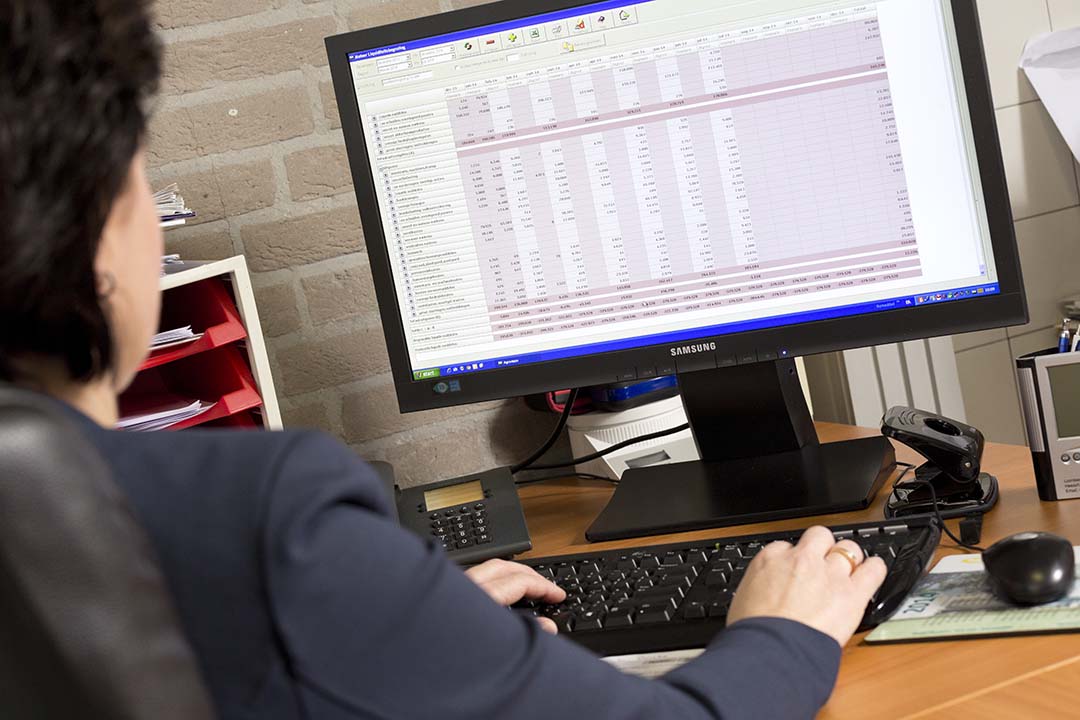
Time for workers to panic?
Not everyone anticipates the era of AI technologies in poultry farming with excitement. Speaking about the future of the labour market, tech entrepreneur Elon Musk once said: “You can have a job if you wanted to have a job for personal satisfaction. But [eventually] AI would be able to do everything.” Although this looks like something for the far future, research suggests that artificial intelligence could substitute up to a quarter of current jobs. More importantly, this trend is not just about low-skilled jobs, as even highly skilled and specialised roles may be in jeopardy. Analysts argue that every technological shift, ever since the invention of the wheel, creates jobs and destroys them.
The broad acceptance of AI technologies by the poultry sector will resolve some of its concerns in terms of employment, especially attracting younger graduates to the sector, profitability and sustainability, estimates Guyonnet. “Overall, I believe that although AI technologies will not rob the poultry sector of jobs, it is reasonable to say that people and companies adopting AI-based technologies will indeed replace people and companies that do not,” he adds.
“I find it challenging to totally replace farmers’ jobs,” agrees Chang. “Chickens are living animals, not a component with a single specification. In my view, AI serves as a valuable tool, making farm management more convenient and certain. Rather than acting as a replacement, AI functions as an aid to farmers,” Chang adds.
However, a key consequence of the ongoing digital revolution for human labour is that it could make it easier. “In the future, farmers may not need to continually go to the barn or check data on mobile platforms. Instead, AI will automatically analyse data daily, predict potential flock conditions, recommend adjustments to breeding strategies and estimate future slaughterhouse capacities,” Chang explains.
“Let an AI-derived system weigh birds, record feed and water consumption – flawlessly, without data entry errors – and have people concentrate on more added-value tasks,” says Guyonnet, adding that this is something that could make working on poultry farms more attractive. “Having more added-value tasks for workers will also allow the poultry sector to recruit more qualified personnel and attract younger generations to the sector. We need to make poultry production ‘sexier’ and AI is our ticket,” Guyonnet believes.
Costa also emphasises that it will not steal jobs but instead will help fill the gaps created by persistent labour shortages. “Today, especially in Western countries, it is a real struggle to find the labour for low-skilled poultry jobs that usually require manual labour and atypical working hours,” Costa says, stating that AI-powered machines are already playing a critical role in filling the vacancies and will play an even more important role in the future.
“Today, it is not uncommon to see egg processing plants using AI-powered machines to inspect and sort eggs. This is just one example of the endless improvements that AI can drive across the whole poultry chain. Technology, in general, tends to drive a shift from low-skilled, low value-added work to highly-skilled, high value-added work; AI is no different,” says Costa.
Competitive edge
Although some novel technologies require substantial investments, analysts believe digital transformation is worth the money. In fact, in the long run, poultry farmers may have no choice but to introduce AI technologies, especially given that some reports predict a steady decline in the poultry industry’s average profitability over the coming years.
Costa warns that the high cost of labour is a considerable disadvantage for the European and US poultry industries compared to emerging economies. “Thus, these industries must increase efficiencies or reduce labour costs to avoid losing profitability, as the poultry industries in developing countries evolve. The most effective way to improve efficiencies and reduce costs is through technological development, so AI will be key in the coming years,” says Costa.
If true, the gloomy forecasts about falling business margins give even more reason for the poultry sector to embrace the adoption of AI-derived technologies, says Guyonnet. “Manually weighing 200 birds on a weekly basis is useless when an automated system with an AI-derived algorithm can accurately record the weight of hundreds of birds on a daily basis,” he adds.
Finer, more pertinent data will enable us to manage the profitability of poultry farms more effectively. AI-derived technologies will also help the industry along on its sustainability journey. Farmers can ensure better welfare through the continuous AI-derived monitoring of birds, 24/7, or to incorporate the complex environmental impact of poultry feeds in the feed formulation process, Guyonnet believes. “AI-derived technologies will enable us to replicate the best management practices currently observed on some farms, on all farms. In a sense, AI-derived technologies can allow us to ‘clone’ the best poultry managers and have their knowledge and expertise shared across all farms,” concludes Guyonnet.
 Beheer
Beheer



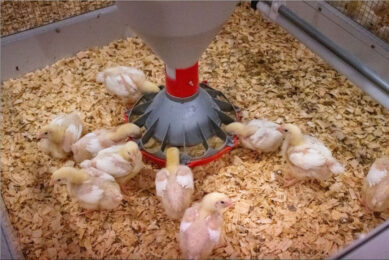
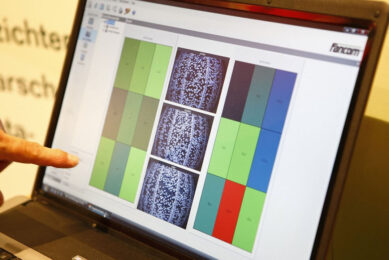
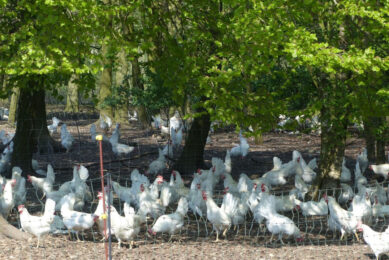





 WP Admin
WP Admin  Bewerk bericht
Bewerk bericht